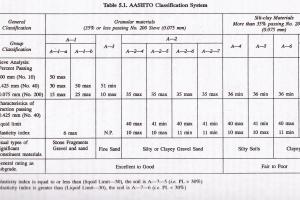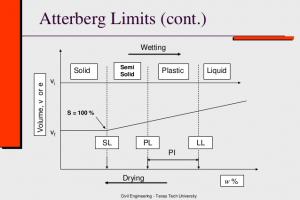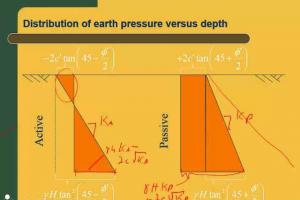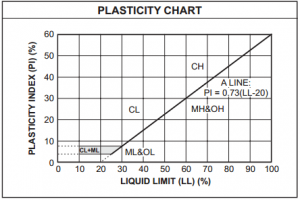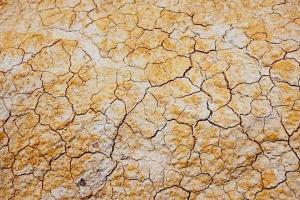Active Earth Pressure on Retaining Wall
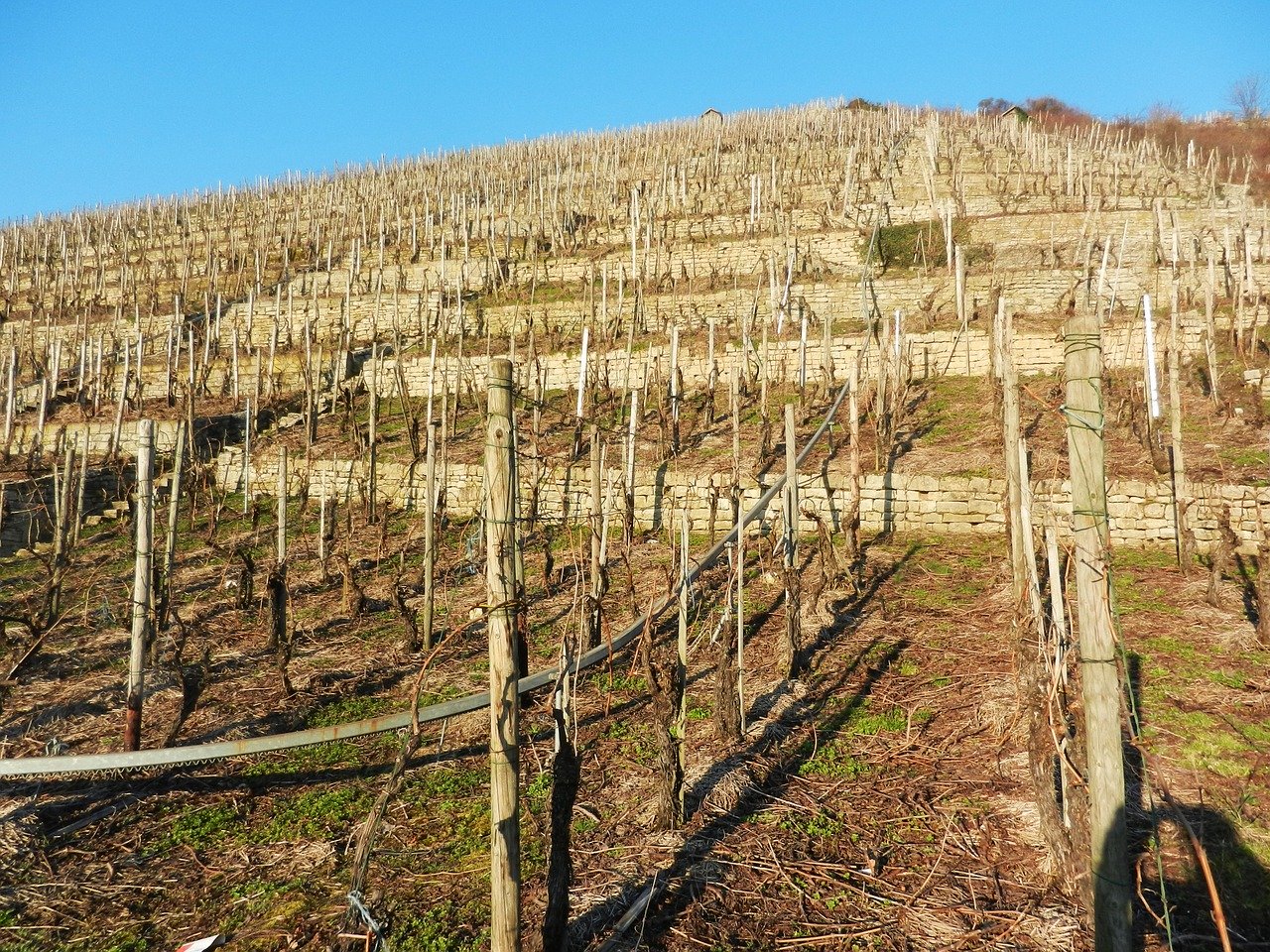
Active earth pressure on retaining wall:
The following cases of active earth pressure on cohesionless backfill will now be considered:
- Dry or moist backfill
- Submerged backfill
- Partly submerged backfill
- Backfill with uniform surcharge
- Backfill with sloping surcharge
Dry or moist backfill:
Consider an element at a depth z below the ground surface, When the wall is at the point of moving away (Outwards) from the backfill, there are two kinds of pressure acting on it.
- The lateral (horizontal) pressure, it is the minimum principal stress.
- The vertical pressure, it is the maximum principal stress.
Submerged back fill:
In this case the sand back-fill behind the retaining wall is saturated with water. The lateral pressure is made up of two components:
- Lateral pressure due to submerged weight (gamma) of the soil
- Lateral pressure due to water
Also See: GeoTechnical Engineering
Partly submerged backfill
If the back-fill is partly submerged i.e. the backfill is moist up to depth H1 below the ground level and the it is submerged.
Back-fill with uniform surcharge
If the backfill is horizontal and carries a surcharge load of uniform intensity q per unit area.
The vertical pressure increment at any depth will increase by q. The increase in the lateral pressure due to this will be kaq.
Coefficients of earth pressure
On a small unit at depth Z in the back there are two kinds of pressure.
-
Vertical Earth pressure:
The pressure applied in the vertical direction due to the backfill lying above it. -
Horizontal Earth pressure:
The pressure applied in the horizontal direction due to backfill is called the horizontal pressure or lateral earth pressure
Coefficient of active earth pressure at rest:
When the retaining wall is at rest then the ratio between the lateral earth pressure and the vertical pressure is called the co-efficient of the earth pressure at rest,
Ko =lateral pressure / vertical pressure
Coefficient of active earth pressure
When the retaining wall is moving away from the backfill the the ratio between lateral earth pressure and vertical earth pressure is called coefficient of active earth pressure.
Ka = lateral pressure / vertical pressure
Coefficient of passive earth pressure:
When the retaining wall is moving towards the back-fill, then the ratio between the lateral earth pressure and the vertical earth pressure is called the Coefficient of passive earth pressure.
Ka = lateral pressure / vertical pressure



